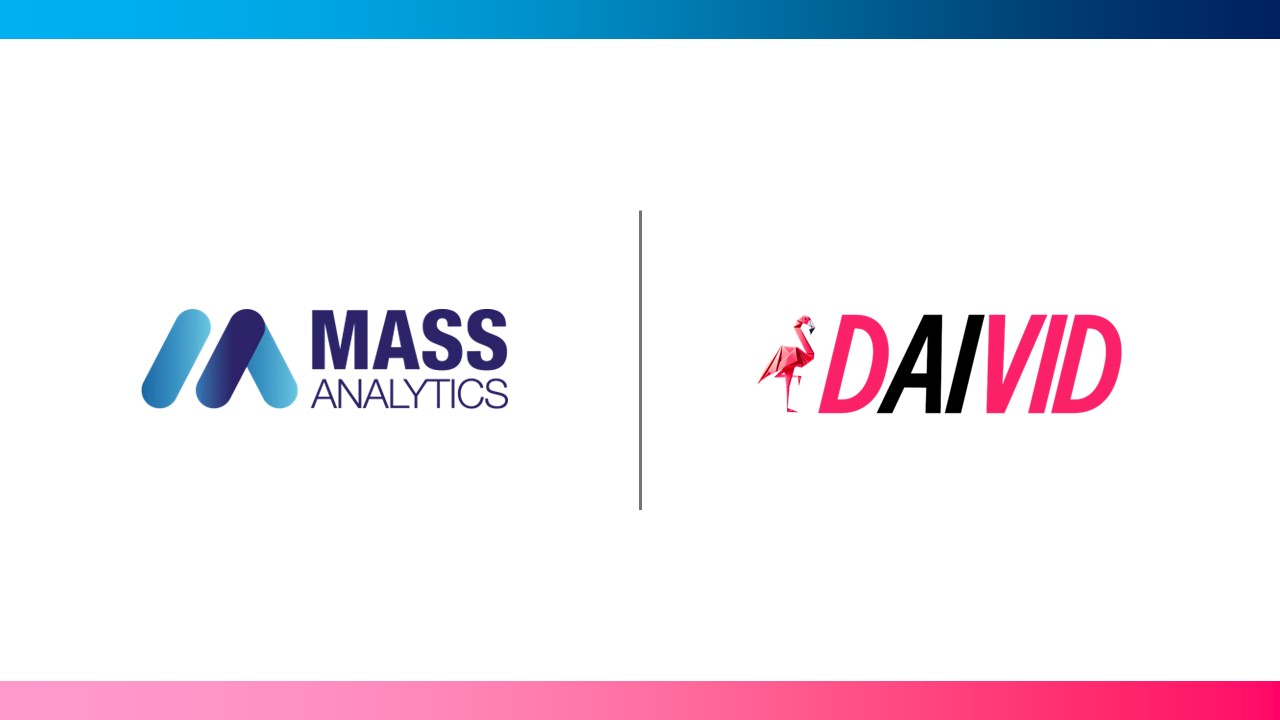Are We Approaching the Era of MMM Industrialization
According to Forrester’s article “Vendor Landscape: Marketing Measurement And Optimization Solutions”, today’s marketers live in a world dominated by more-powerful technology, growing data volume, and increasingly data-driven focus.
In this complex multi-channel landscape, advertisers are pressurized to quantify the business impact of their investments and update their knowledge by taking a fresh look at current measurement approaches.
This is where Marketing Effectiveness Measurement Methods come in. Marketing Effectiveness is defined as the measure of how effective a given marketer’s go to market strategy is towards meeting a specified set of goals. Today’s advertisers generally turn to attribution and Marketing Mix Modeling methods (MMM) to help them understand and quantify the true impact of their marketing efforts be it online or offline.
The main difference between Marketing Mix Modeling and Attribution is that the former is an aggregated top-down approach whereas the latter is a disaggregated bottom up approach.
Marketing Mix Modeling, when compared to Digital Attribution, is decades old but remains largely a service-driven exercise. In fact, one of the major hurdles of making MMM more accessible to advertisers is the lack of stand-alone affordable software products. This constitutes a major barrier to entry, restricting marketing effectiveness analytics to the consulting firms who developed their own approach and preventing the adoption of these methods by the advertisers themselves.
In the roundtable dinner debate event organized by MASS Analytics on the 18th of January 2018 that gathered marketing effectiveness experts in the UK, the perspective of Marketing Mix Modeling industrialization was debated. It transpired that three steps are essential to reach MMM democratization:
- Adopt a proven process
- Ensure efficiency through using the right technology
- Embrace the right modeling methods
MMM is part of the Data Mining/ Machine Learning family and should adhere to the above process. Therefore, the first step towards MMM industrialization is to make sure to deploy a solution that respects this sequence, so the whole process flows naturally and delivers to the business.
Ensure Efficiency Through Using the Right Technology
Adopting a proven process is a necessary move in the right direction but is not sufficient. It is crucial to use a technology that encompasses the CRISP-DM process. This will ensure that the right layer of efficiency is added to guarantee a much quicker turnaround and make the whole process immune to human errors.
Four features are essential in the technology used to ensure Marketing Mix Modeling industrialization:
- An end-to-end delivery
- Speed of Execution
- Smart Automation
- Ease of Updates
Embrace the Right
Modeling Methods
The third requirement for MMM industrialization is to use modeling methods that are capable of representing the true consumer behavior and adapt to the changing consumers ‘path to purchase in a multi-channel world. In that regard, we think three leaps are essential to make when it comes to adopting innovative modeling methods that better represent the complexity of today’s markets:
Log-Linear Modeling
Log-Linear Modeling provides more realistic interpretations and representation of reality as it distinguishes between relative variables (like price, distribution…) and incremental variables (like media, competitors’ activities). Log-Linear also allows to get a read on elasticity and measure the synergy between the different variables. In addition, Log-Linear models address the relative impact on the target performance indicator (say sales) which is the main priority of decision makers as compared to absolute levels. These models can also deliver contributions’ decomposition like the additive model when the right approximation algorithms are used.
Geo level Modeling
Geo level Modeling typically adds more granularity and variability to the data which makes the models gain in robustness. Besides the statistical robustness, geo-level modeling (usually using pooled regression) allows measuring regional or store level activities that cannot be captured by aggregated National Models. One could also use this methodology to pool customer segments to assess whether the consumer response to marketing activities differs by segment.
Nested Modeling
The move from independent modeling to Interactive Modeling (or nested modeling) is a must-do in a world dominated by multiple screens, multiple touch points and a complex media landscape. In addition to identifying the main drivers for the modeled KPIs, Interactive modeling allows to quantify the relationship between Paid, Owned and Earned Media, adjust the sales contribution and give more realistic interpretations since it measures the omitted variables impact. The benefits of using interactive modeling is also to integrate digital planning across Paid Owned and Earned Media & optimize media spend based on a comprehensive analysis of all touch points.
In this article, we tried to summarize our thoughts on Marketing Mix Modeling industrialization. We do think that MMM industrialization is possible providing one could act on the three cogs described above: Process, Technology and Methodology. This will make MMM not only affordable but also accessible to all advertisers regardless of their size and enable them to internalize the Marketing Effectiveness Measurement Capability.






